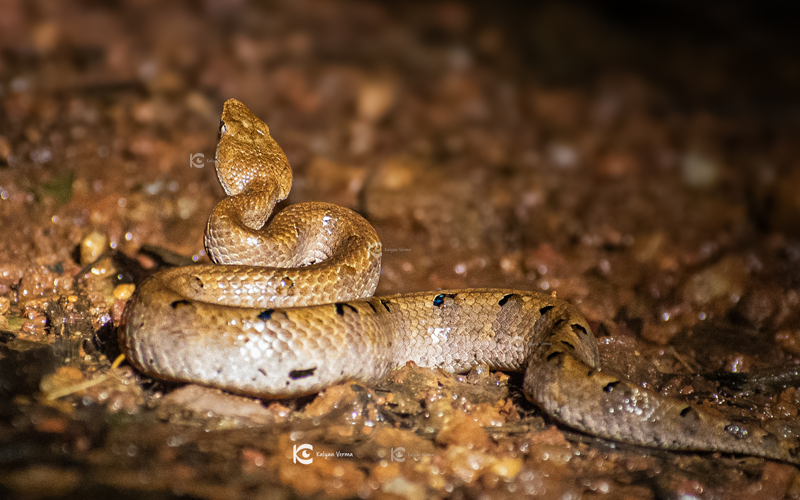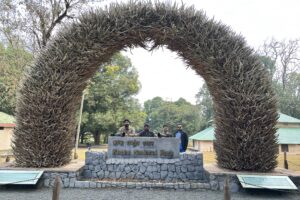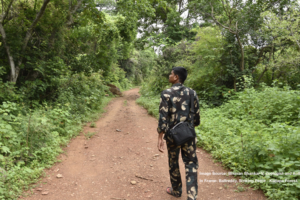Snake Kinetics: How Snakes Move in the Western Ghats of India

The Western Ghats, a biodiversity hotspot in India, is home to a fascinating array of snake species. These reptiles, known for their stealth and agility, use a variety of movement patterns or “kinetics” to navigate the dense forests, rocky terrains, and waterways of this region. Understanding how snakes move not only highlights their incredible adaptability but also sheds light on their ecological role in the Western Ghats.
Types of Snake Movement
Snakes are legless reptiles, yet their movement is remarkably efficient and diverse. Depending on the terrain and species, they use several types of locomotion:
- Serpentine (Lateral Undulation): The most common form of snake movement, serpentine motion involves the snake curving its body in a series of S-shaped waves. This movement is seen in species like the Indian Rat Snake (Ptyas mucosa), which relies on this technique to move swiftly through the forest floor, over rocks, or between trees.
- Concertina Motion: This method is often used in tight spaces or when a snake needs to climb. The snake contracts and expands its body like an accordion, anchoring sections while extending others forward. This is typical for smaller species such as vine snakes (Ahaetulla spp.), which are often found in the dense underbrush of the Western Ghats.
- Sidewinding: On loose or slippery surfaces like sand, some snakes, such as the **saw-scaled viper** (Echis carinatus), use sidewinding. This method involves throwing parts of the body in loops while minimizing contact with the ground, allowing them to move quickly without slipping.
- Rectilinear Movement: Larger species, such as the Indian rock python (Python molurus), use rectilinear motion to move in a straight line. By tightening and loosening their belly muscles, they “inch” forward, a motion suited for stalking prey or navigating dense foliage.
Adaptations to the Western Ghats
The Western Ghats’ varied environment has led to unique adaptations in the snakes living there. For instance, species like the Malabar pit viper (Trimeresurus malabaricus) are highly adapted to moving along both ground and trees, thanks to their prehensile tails and smooth ventral scales that grip branches effortlessly. These arboreal snakes often blend into the lush green surroundings, moving silently as they hunt or avoid predators.
Similarly, aquatic species such as the Checkered keelback (Xenochrophis piscator) show remarkable agility in water, using lateral undulation to glide smoothly across streams and ponds.
Conclusion
Snakes of the Western Ghats display extraordinary movement abilities, using their unique kinetics to thrive in one of the world’s most ecologically rich environments. From the dense undergrowth to rocky terrains and waterways, their movement patterns are a testament to the evolutionary adaptability of these fascinating reptiles. Their presence is not only a vital part of the food chain but also a reminder of the complex natural systems that make the Western Ghats so special.
Tag:Snakes, Western Ghats



